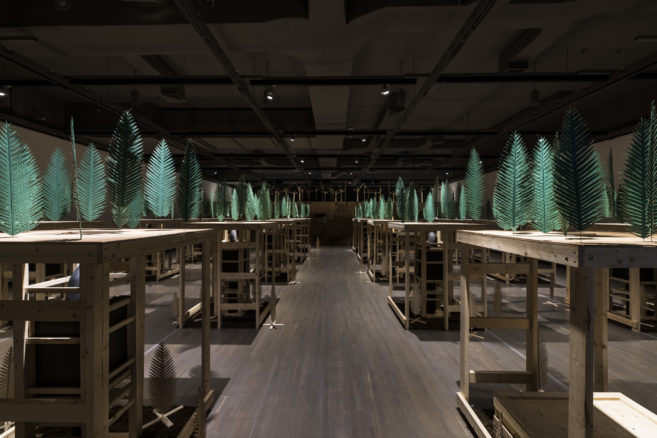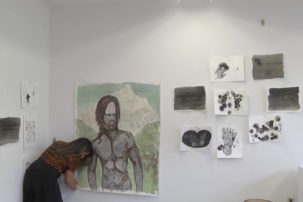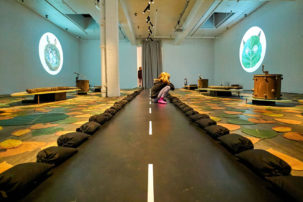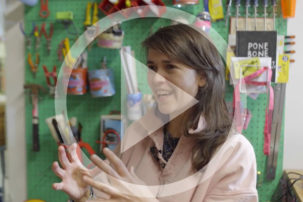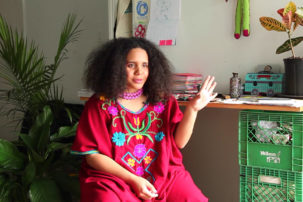From the very beginning of her career, Rita McKeough has created work rooted in her belief that “in speaking up, there is an opportunity for things to shift and change.” Her political concerns span feminism, the environment, animals and changing urban landscapes.
For four decades, McKeough has led performances, integrating objects and sounds in immersive installations that weave together art and life. In order to expand the work beyond the gallery, the long-time musician has developed her own unique way of incorporating sound into her environments. This allows her to “extend the illusion of place, [to] transform the gallery into referencing other locations simultaneously, so it has multiple contexts.”
One of McKeough’s nost notable works is from the early 1990s: In Bocca al Lupo, in which 17 women came together to perform an opera about violence against women. It toured across Canada. Her later installation tender (2015) transformed a whole room into a hospital emergency ward, each little bed occupied by a convalescent hot dog facing a large projection of cows grazing in a field.
In April, Montreal’s Oboro Gallery will show her installation Veins (2016). Though McKeough’s experience and renown give her access to larger institutions, she continues to work in public art galleries, university galleries and artist-run centres which–as public forums for dialogue and exchange of ideas–she sees as central to her practice. “I think I’ve believed from my early days that to articulate one’s concerns and to value each other’s voices is a way to enact social change. And I see art practice and the art gallery as a place where that can actually manifest.”
In this video, McKeough invites Canadian Art into her temporary BAiR residency studio at the Banff Centre–full of props, costumes, circuit-bending equipment and moving objects—where she has been working on an upcoming exhibition.—Yaniya Lee, associate editor.

